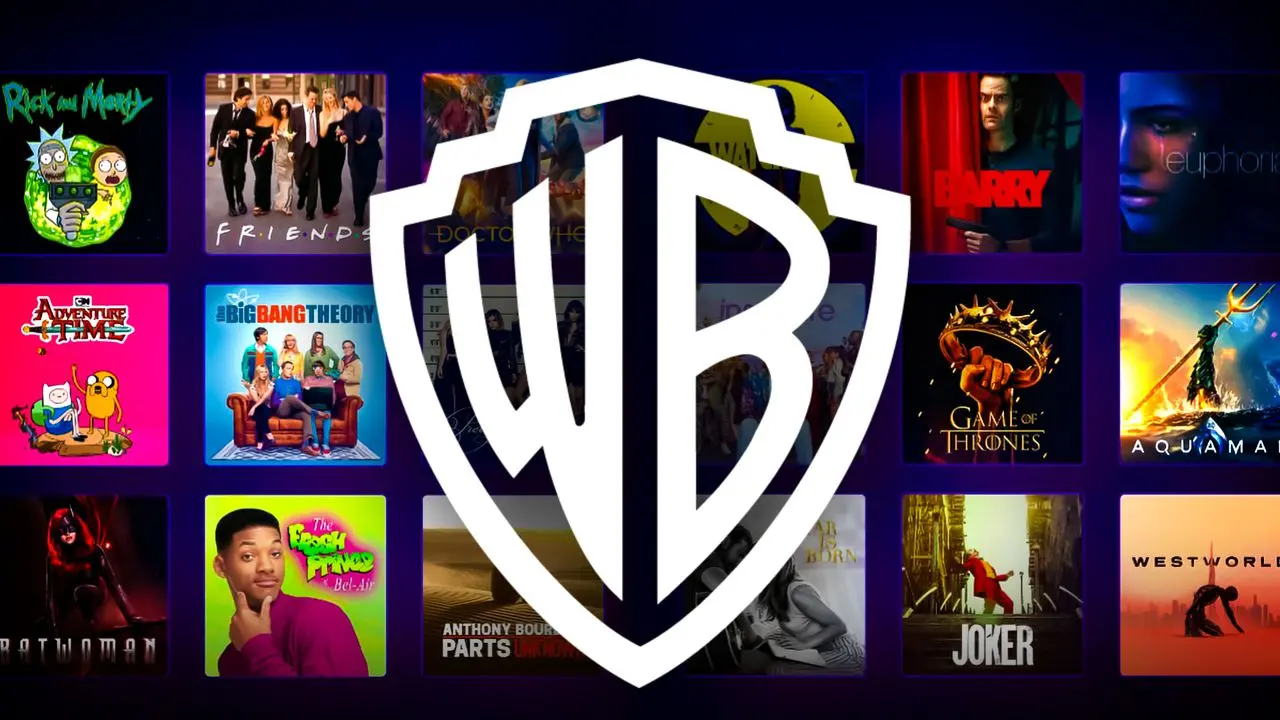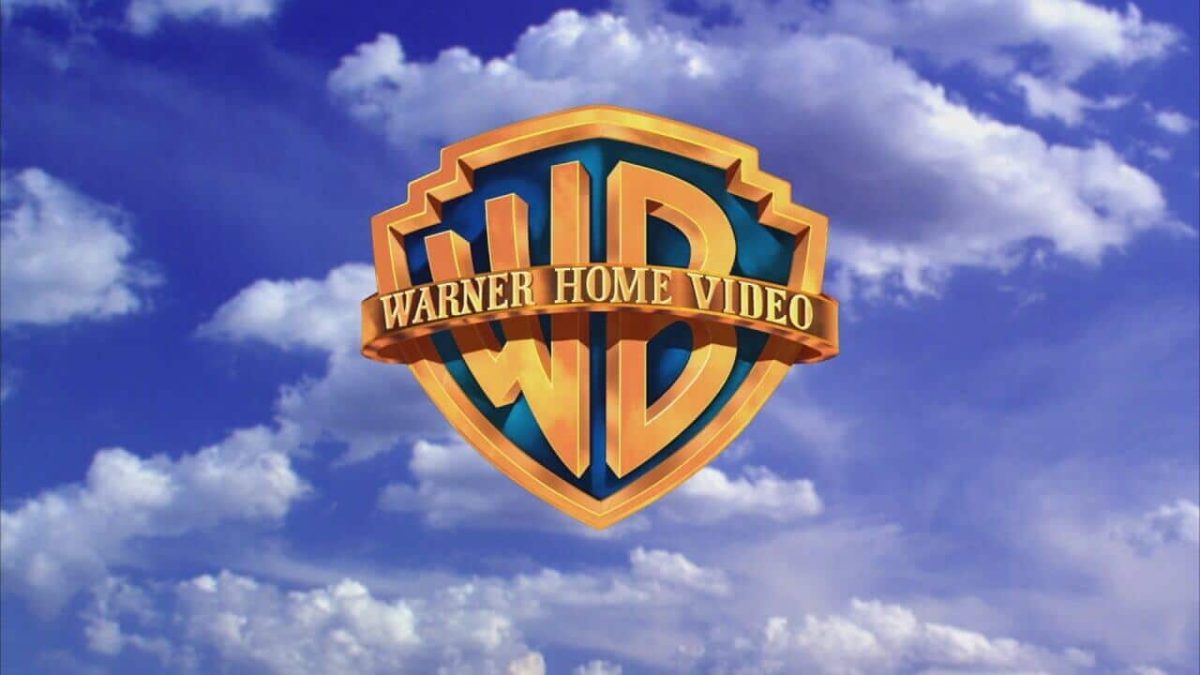In a bold move amidst a dynamic entertainment industry, Warner Bros. Discovery has announced a significant price increase for its Max streaming service. This adjustment reflects a broader trend where several streaming platforms are redefining their pricing strategies to stay competitive and offer enriched content. Here’s what you need to know about these changes and how they might affect your viewing habits.

Warner Bros.: The New Pricing Breakdown
Effective immediately for new subscribers, the monthly ad-free plan for Max has been raised by $1, bringing the cost to $16.99. For those preferring an annual commitment, the ad-free subscription will see a $20 increase, totaling $169.99 per year.
These adjustments are not isolated; the ultimate ad-free tier, which allows four simultaneous streams and includes 4K streaming options, will also see an increase, now priced at $20.99 a month.

Current subscribers won’t feel the impact immediately. They are scheduled to receive a 30-day notice about the upcoming changes, with the new rates taking effect starting from their July billing cycle. However, those on an annual plan will not see any changes until their next renewal date.
Interestingly, the price for the Max plan that includes advertisements will remain stable at $9.99 per month, providing a more budget-friendly option for consumers.
Industry-Wide Shifts
Warner Bros. Discovery’s pricing strategy is part of a larger shift in the streaming industry. Last month, in collaboration with Disney Entertainment, Warner Bros. announced a new bundle that includes Max along with Disney+ and Hulu. This package, which will offer both ad-supported and ad-free options, aims to provide a comprehensive streaming experience across multiple platforms.

Further expanding the horizon, Comcast introduced its “StreamSaver” bundle late last month, which combines Peacock Premium, Apple TV+, and a standard Netflix subscription with ads, all for $15 a month.
This bundle is strategically priced to attract viewers looking for a diverse array of content under one roof, potentially saving money compared to purchasing these services separately.
What This Means for Consumers
For consumers, these changes represent both an opportunity and a challenge. On one hand, bundled services are making it easier and potentially cheaper to access a wider variety of content. On the other hand, the individual price increases for premium, ad-free experiences reflect the rising costs of producing high-quality streaming content.
As streaming services evolve, the landscape becomes increasingly competitive, with each platform seeking to offer unique value propositions to retain and grow its subscriber base. For subscribers, this might mean making more informed choices about where to invest their monthly entertainment budget.
The recent price adjustments by Warner Bros. Discovery are just a part of the ongoing evolution of the streaming industry.
With new bundles and pricing structures on the horizon, the way we consume entertainment continues to evolve, promising more options and flexibility for viewers worldwide. Whether these changes will lead to better services and content will largely depend on consumer response and the subsequent strategies adopted by streaming giants.










